Many marketers are excited to embrace AI-generated content to help them with their workloads, while others are more hesitant to fully implement it, as they worry it will never be able to replace human writing fully.
It’s too easy to imagine an AI writer could replace people. But the problem is, content is not a commodity, it’s an art form – and that calls for a human being’s input
— John Bass (@dancewithAI) June 9, 2022
Will AI eventually replace content writers?
— Manoj Kondreddygari (@themanooj) July 15, 2022
No, I think. Because, in order to write a good blog, I believe we need empathy, which AI cannot do.#artists #content
Both perspectives are true: NLG can help marketers with their workloads, but also requires heavy involvement from its users to take the content from ideation to a version worth publishing. No matter how content is created, marketers still need to implement SEO best practices into every step of the process. NLG will adjust the workflow of marketers and writers to improve their efficiency. In short, human intuition, heart, and creativity can never be completely replaced by technology.
This article will cover natural language generation for SEO and how to fully utilize both to create high-quality content, usually faster and more creative than ever before.
What is natural language generation?
Natural language generation, sometimes referred to as NLG, is the process of taking data points, such as a location, topic, and event, and turning it into a piece of content.
AI Multiple identifies this process with the following six steps:
- Content Requirements: What kind of content will the AI be creating? The program needs the requirements for the type of content. For instance, if you wanted the software to write tweets, they’d have to know about Twitter’s character limits.
- Data Interpretation: In essence, the system takes the ‘content brief,’ analyzes the examples, and starts building out the AI-generated content. In a news story about a donut shop opening, for example, the software would need to know the name, location, hours, and any other information about the opening in order to write the story.
- Content Planning: The software must process how the piece of content needs to be structured. If you need blog posts, the software needs to know there is a beginning, middle, and conclusion with a call-to-action.
- Sentence Creation: Time to write sentences. The AI takes the inputted story details along with the desired keywords and uses available context training data from relevant articles through the web to create unique sentences.
- Spelling and Grammar: Most AI content generation tools can use spelling and grammar rules (similar to how Microsoft Word or Grammarly corrects spelling errors in documents) to ensure their generated content is free of grammar and spelling errors.
- Content Output Review: The final step ensures the final output meets the preferences of the user that was specified in the first three steps of the process. This means that the software runs through a “checklist” that includes the intial paraments and main points in steps 1 and 2, that it’s in the correct format as specified in step 3, and then the content is spelling and grammatically correct, as mentioned in step 5.
A 2019 Gartner report predicted that in 2022, about 25 percent of enterprise businesses will be using NLG in some capacity. While we can’t prove this statistic has met its expectation, we do know that the NLG market has continued to grow. Coherent Marketing Insights estimates that this market will grow to almost $2 billon by 2027:
What is the difference between Natural Language Processing (NLP) and Natural Language Generation (NLG)?
According to IBM, NLG is a subcategory of NLP, along with natural language understanding (NLU).
NLP essentially allows computer algorithms and artificial intelligence to process content, break it down into pieces, categorize it, organize it, and find patterns in it.
“Natural language processing works by taking unstructured data and converting it into a structured data format. It does this through the identification of named entities (a process called named entity recognition) and identification of word patterns, using methods like tokenization, stemming, and lemmatization, which examine the root forms of words.”
NLU is the next step in the process, where AI begins to understand the context and meaning of the text and inputted content. Is AI sentient? Like does it truly understand the content? Unlikely. But it’s getting significantly better at understanding concepts and relationships.
Finally, NLG is the act of creating net-new text content based on a prompt from the user.
How does natural language generation play into SEO?
As available AI content generation tools continue to improve, SEOs and content marketers can create more content, faster. With that type of resource, content can scale. Imagine being able to write 1000s of unique eCommerce product pages or franchise location pages in a week.
However, since AI still cannot write like a human can, the content creation process requires humans to grow, improve, and review content that was written with NLG. We still need some serious oversight and quality assurance.
Caveats aside, let’s map out the NLG benefits and processes to use while also incorporating SEO.
What are the benefits of using NLG for content?
NLG incorporates the best of machine learning into actionable content generation. You can tap into AI content generation tools or build your own python scripts. These tools help you create the early drafts of many types of content, from outlines to blog title ideas and social media posts.
For marketers and content creators tasked with ongoing content generation, using NLG tools as a part of their process can, at the very least, help jumpstart the research and development.
My personal future prediction.
— Mark A Preston (@MarkPreston1969) May 4, 2022
I believe that #AI generated content WILL replace the content writer but NOT the copywriter.
Why?
If Google AI can be trained to understand the quality of the intent in content, then it is 100% possible to train an AI content generator tool. #SEO
While these tools will not fully replace content created by a human, they are valuable partners that may generate ideas, content structures, or text that we wouldn’t have thought of on our own.
5 Ways to Use of NLG for SEO
Meta Descriptions
As mentioned in a previous blog post, you can use NLG to create meta descriptions for SEO at a larger scale. This requires a Python script, which does require some programming knowledge. There are various courses and guides available online (such as this one from Real Python) on how to use OpenAI’s open-source NLP tool to build tools for natural language generation Python scripts.
Essentially, the script tells the AI to take an existing document (the page or blog post you need a meta description for) and summarize it. From there, you can edit the summary as needed to make sure it is concise and fits within the set length of meta descriptions.
Blog Post Title Ideas
If you need more ideas for what blog posts to write or need to make your blog titles more engaging to use as meta titles for the SERPs, NLG can often give you the headstart you need. Using NLG in addition to keyword research and your own creativity can give you data-backed recommendations for blog post title ideas that you might not have thought of single-handedly, especially if you’re already tired of writing.
Content Outlines
Copy.ai offers blog outlines, complete with suggested topics to cover and research links to get you started. Similar tools that dive even deeper into the research side (complete with competitor analysis) include MarketMuse, Clearscope, and Frase.io. These tools are a good marriage of NLG and SEO, as they include keyword research data and competitor estimates within their tool sets.
Competitor Analysis
As mentioned above, you can use SEO and content marketing-specific tools to run a more detailed competitor analysis for topic keywords within your desired niche. The tools mentioned do a great job of this, but SEO tools like Ahrefs and Semrush also use NLG to give recommendations on what keyword to use or what topics to include in your content based on competitor research.
The tools look at existing content that is already ranking so you can figure out quickly how to get an advantage by making your content more inclusive and useful than content that’s already ranking.
Content Repurposing
We know that reusing your existing content to create something new and unique has SEO benefits, as it allows you to make more content in different formats, which might appeal to different users. For instance, using NLG to write a YouTube video script or summary from an existing blog post opens your content up to a new audience through video.
Similarly, you can use NLG tools to write Instagram captions or other social media posts from our existing content, which is indexed by search engines.
How to get started with NLG
Even though the term “natural language generation” sounds intimidating, the actual tools that put it into practice don’t have to be!
While you can create tools and scripts to take advantage of machine learning and NLG, there are several no-code tools that let you create AI-generated content in minutes.
Many offer free trials or user levels that let you try their tools before deciding to subscribe if you want additional features or monthly content pieces.
What (no-code) tools can you use to create NLG?
There are several tools already available for users that don’t require any knowledge of code or the mechanics of machine learning. Some of these in the previously mentioned article by AI Multiple include GPT-3, Google’s LaMDA, Gmail’s included smart compose feature, and Google Docs’ included text prediction tool that attempts to predict what you’ll be typing next.
Marketing-specific tools like Copy.ai, Jasper.ai, Simplified.co, and many others offer NLG software to give marketers and writers AI-generated content for a variety of different formats.
Some include ad copy, blog posts, and social media copy ideas. Marketers are finding that they can use AI-generated content as a “jumping board” to start their writing or content projects. For assistance with writing already in progress, Grammarly uses NLG to recommend sentence rewrites, tone changes, or removal of words for conciseness.
What should you not do when using NLG for content?
The biggest thing to remember when using natural language generation for SEO and content creation is that it’s not going to ever be a complete piece of content that’s ready for publishing. This is NLG’s biggest limitation.
As the algorithms continue to evolve and learn more about content and language through more data analysis, machines will become better at “writing.” But human marketers and SEOs are still needed to fill in the gaps.
As you experiment with AI content-generation tools, you’ll learn what needs to be edited after the content is generated. Using these tools also helps you understand how to tailor your inputs to create better content.
Take this unedited example from Copy.ai, using the “write blog outline” template structure. I used the keyword “natural language generation for SEO” and a paragraph from the first draft of this article as a prompt:
- Section: Using AI for SEO
- Section: Embrace NLG, AI, and Machine Learning as tools to help you generate more content.
- Section: Using AI to Generate All Types of Content and Content Assets
- Section: Use your own data and content as a foundation and starting point for creating new content.
- Section: Partnerships with companies that work in this area to understand the potential.
- Section: Focus on creating valuable assets and metrics to track impact on SEO, traffic, and conversions.
- Takeaway: There is a lot of opportunity with using NLG, AI, and Machine Learning in helping us create more content at scale.
This outline gives us a valuable starting point, but it’s not as in-depth as a human-generated outline may be. It also includes information that may not be relevant to what we want the content to include, such as “Partnerships with companies that work in this area to understand the potential.”
While using these tools, you better understand what inputs are useful to create more specific content to match your needs. Your AI content generation projects and briefs can evolve as you learn how the tools work.
While natural language generation for SEO doesn’t signify a huge shift in how content is written for human users, it’s important to understand how natural language processing and machine learning works to make content generation easier.
FAQ About Natural Language Generation for SEO
Will your rankings on Google decrease for using NLG?
No, think of NLG tools as any other SEO tool you have in your arsenal. As long as the content is unique, well-researched, easy to read, and provides value for the user, Google won’t decrease your SERP rankings for using NLG content.
How does AI write content?
Natural language generation is the process in which AI can create and publish its own original content based on previously existing content. This form of technology allows for more data-driven content creation, making your content more relevant to the reader.
What is an AI content generator?
These tools use OpenAI or other algorithms to pull existing content and turn it into something unique and readable, based on user input parameters.
Does Google use NLG?
Yes, Google Autocomplete, Google Docs, Gmail, and Google’s smartphone keyboard are examples of tools that use NLG to help users write content faster.
- 5 Ways to use Natural Language Generation for SEO - July 28, 2022

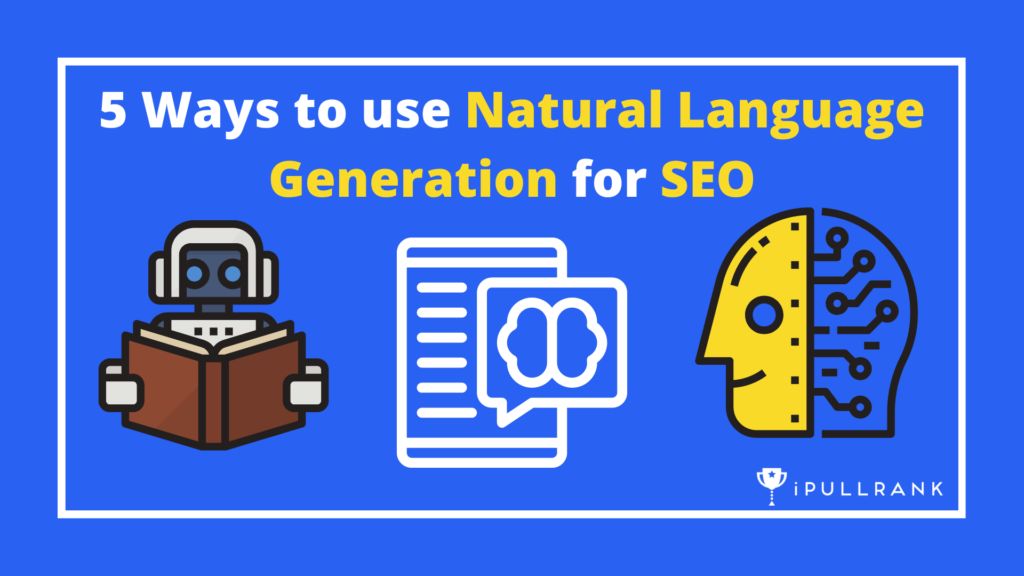
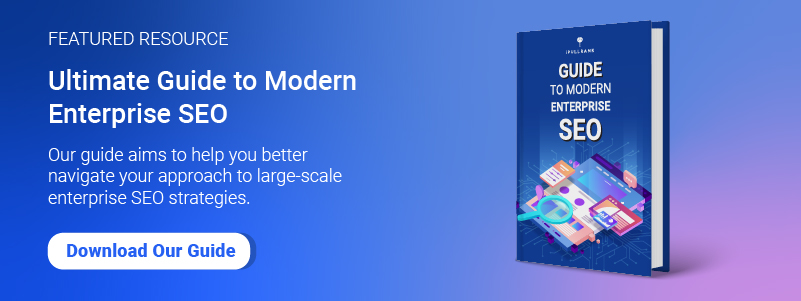



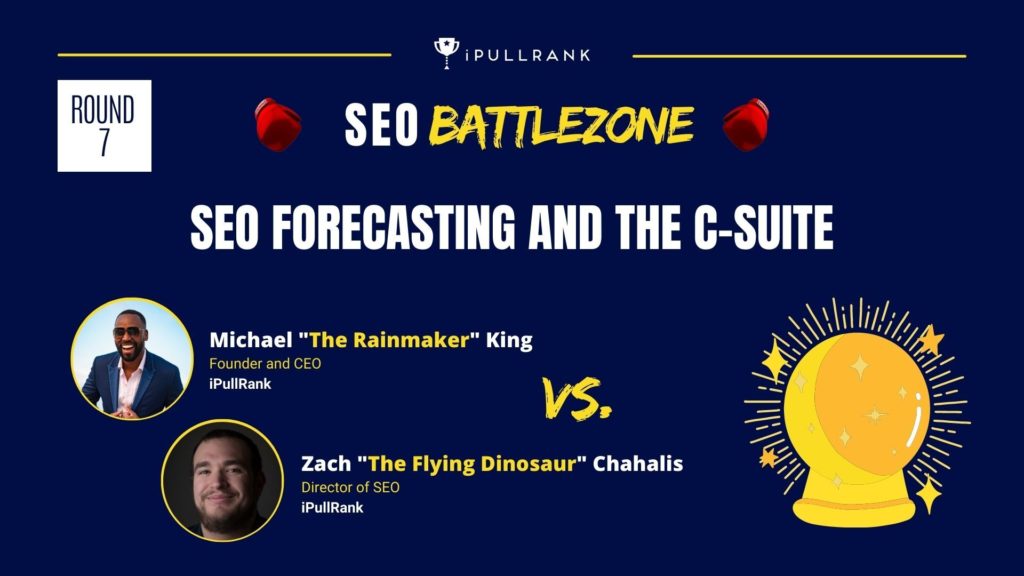
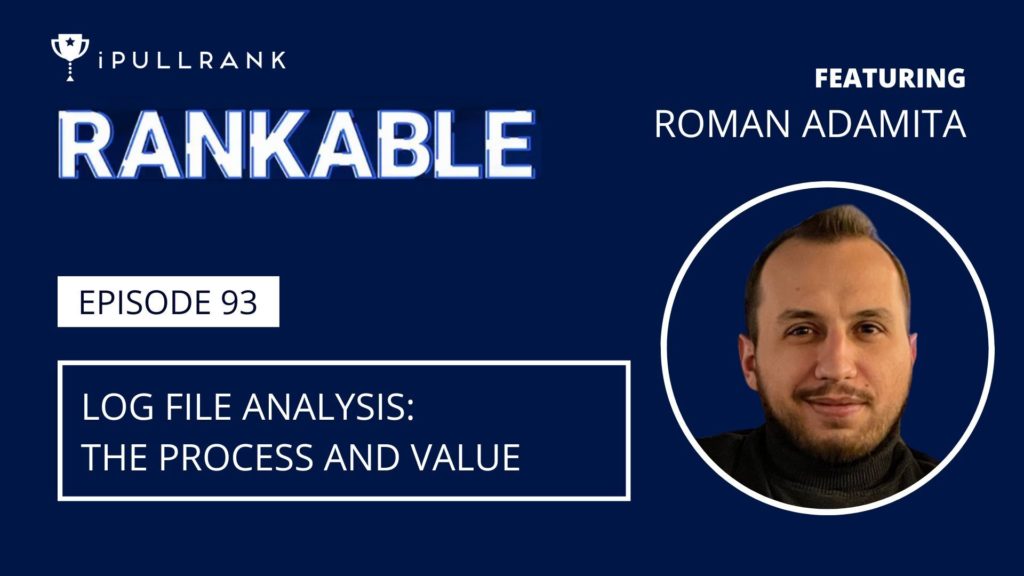
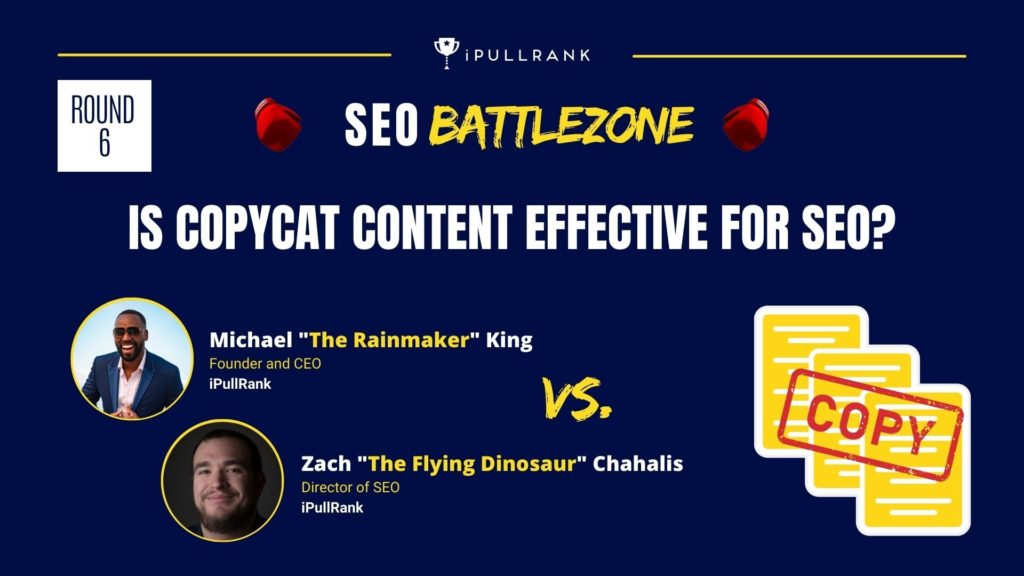



Leave a Comment